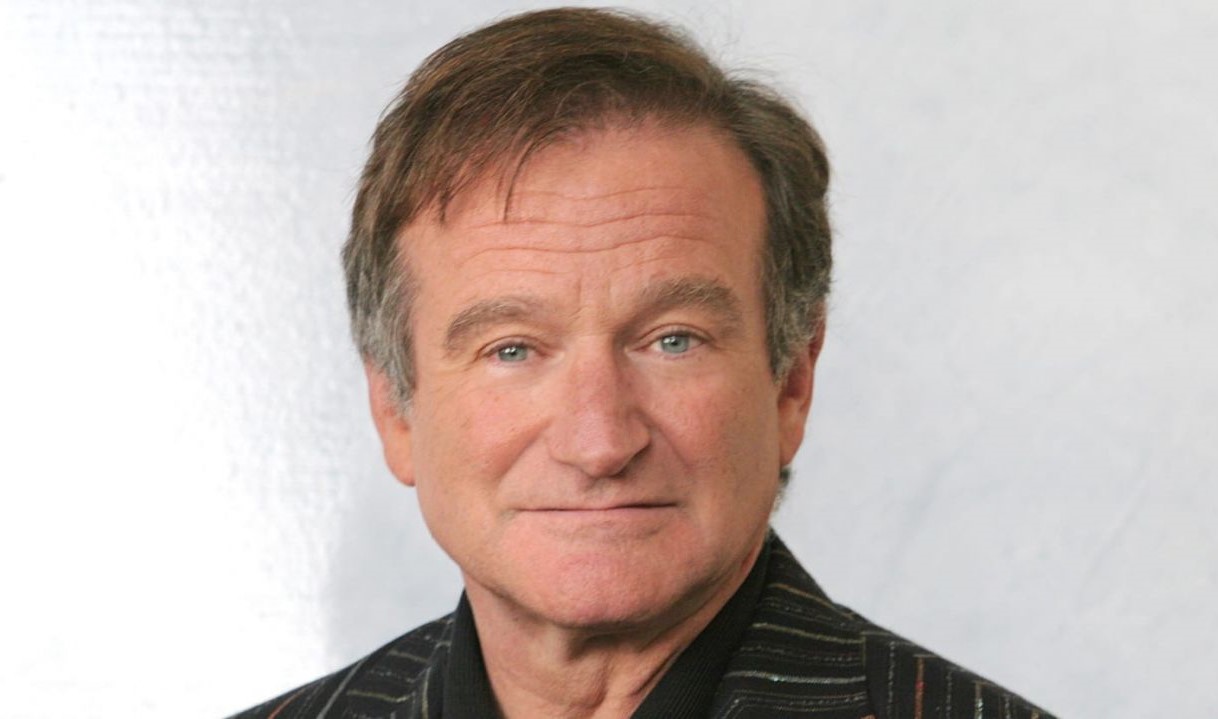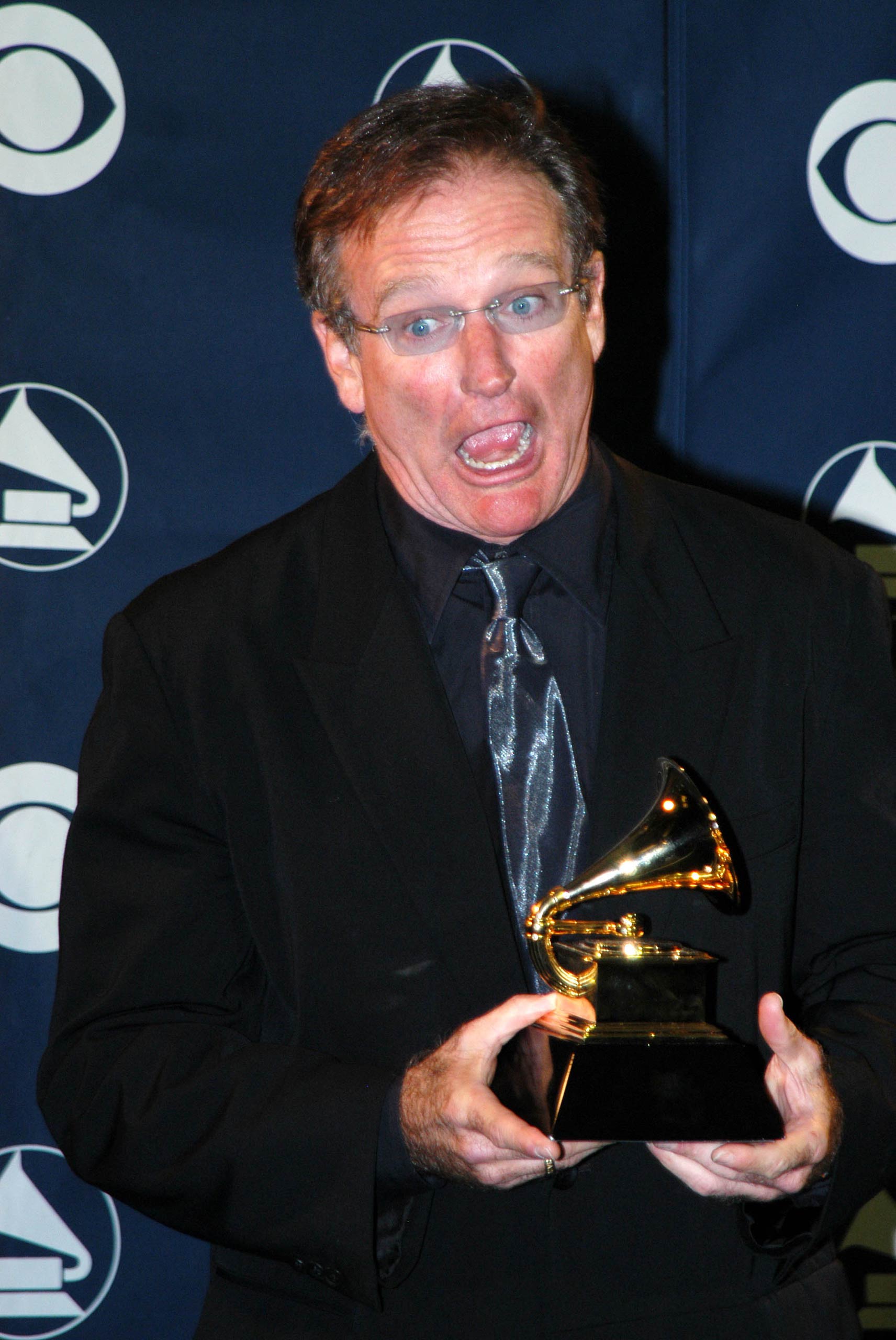Be Golden as gold mine & Green as leaf
carpe diemBe Golden as gold mine & Green as leaf
carpe diemRobin Williams
Robin Williams






The Son of Man
The Son of Man
The meaning to The Son of Man by Rene Magritte? The
Son of Man is a self-portrait painting by Rene Magritte. If you look
closely, you can see his eyes peeking out between the apple and its
leaves. The Son of Man is a simple yet striking painting. I believe this
painting has a simple meaning which is awareness of oneself and the
opportunities which are always present in life. The central focus of the
masterpiece being on Magritte's face which is covered with a floating
green apple. Hence, sometimes you don’t see things that are clearly in
front of you, which is represented by the bright green apple right in
front of Rene Magritte face. The title of the painting mimics the story
Adam and Eve and the creation and fall of man, due to Adam not being
able to see he already had everything he needed. This is what Rene Magritte said about the meaning of his own painting “At
least it hides the face partly well, so you have the apparent face, the
apple, hiding the visible but hidden, the face of the person. It's
something that happens constantly. Everything we see hides another
thing, we always want to see what is hidden by what we see. There is an
interest in that which is hidden and which the visible does not show us.
This interest can take the form of a quite intense feeling, a sort of
conflict, one might say, between the visible that is hidden and the
visible that is present.”
information by:www.quora.com
Vivien Thomas
Vivien Thomas

Dr. Vivien Theodore Thomas was born in Lake Providence, Louisiana in 1910. The grandson of a slave, Vivien Thomas attended Pearl High School in Nashville, and graduated with honors in 1929. In the wake of the stock market crash in October, he secured a job as a laboratory assistant in 1930 with Dr. Alfred Blalock at Vanderbilt University.
Tutored in anatomy and physiology by Blalock and his young research fellow, Dr. Joseph Beard, Thomas rapidly mastered complex surgical techniques and research methodology. In an era when institutional racism was the norm, Thomas was classified, and paid, as a janitor, despite the fact that by the mid-1930s he was doing the work of a postdoctoral researcher in Blalock's lab. Together he and Blalock did groundbreaking research into the causes of hemorrhagic and traumatic shock. This work later evolved into research on Crush syndrome and saved the lives of thousands of soldiers on the battlefields of World War II.
Blalock and Thomas began experimental work in vascular and cardiac surgery, defying medical taboos against operating upon the heart. It was this work that laid the foundation for the revolutionary lifesaving surgery they were to perform at Johns Hopkins a decade later. By 1940, the work Blalock had done with Thomas placed him at the forefront of American surgery, and when he was offered the position of Chief of Surgery at his alma mater, Johns Hopkins in 1941, he requested that Thomas accompany him. In 1943, while pursuing his shock research, Blalock was approached by renowned pediatric cardiologist Dr. Helen Taussig, who was seeking a surgical solution to a complex and fatal four-part heart anomaly called Tetralogy of Fallot (also known as blue baby syndrome, although other cardiac anomalies produce blueness, or cyanosis). Thomas was charged with the task of first creating a blue baby-like condition (cyanosis) in a dog, then correcting the condition by means of the pulmonary-to-subclavian anastomosis. In nearly two years of laboratory work involving some 200 dogs, demonstrated that the corrective procedure was not lethal, thus persuading Blalock that the operation could be safely attempted on a human patient. During this first procedure in 1944, Thomas stood on a step-stool behind Blalock coaching him through the procedure. When the procedure was published in the May 1945 issue of the Journal of the American Medical Association, Blalock and Taussig received sole credit for the Blalock-Taussig shunt. Thomas received no mention and, in Blalock’s writings, he was never credited for his role.
Thomas' surgical techniques included one he developed in 1946 for improving circulation in patients whose great vessels (the aorta and the pulmonary artery) were transposed. A complex operation called an atrial septectomy, the procedure was executed so flawlessly by Thomas that Blalock, upon examining the nearly undetectable suture line, was prompted to remark, "Vivien, this looks like something the Lord made."
To the host of young surgeons Thomas trained during the 1940s, he became a figure of legend, the model of the dexterous and efficient cutting surgeon. "Even if you'd never seen surgery before, you could do it because Vivien made it look so simple," the renowned surgeon Denton Cooley told Washingtonian magazine in 1989. "There wasn't a false move, not a wasted motion, when he operated." Surgeons like Cooley, along with Alex Haller, Frank Spencer, Rowena Spencer, and others credited Thomas with teaching them the surgical technique which placed them at the forefront of medicine in the United States. Despite the deep respect Thomas was accorded by these surgeons and by the many black lab technicians he trained at Hopkins, he was not well paid. He sometimes resorted to working as a bartender, often at Blalock's parties. This led to the peculiar circumstance of his serving drinks to people he had been teaching earlier in the day. Eventually, after negotiations on his behalf by Blalock, he became the highest paid technician at Johns Hopkins by 1946, and by far the highest paid African-American on the institution's rolls.
Blalock's approach to the issue of Thomas's race was complicated and contradictory throughout their 34-year partnership. On one hand, he defended his choice of Thomas to his superiors at Vanderbilt and to Hopkins colleagues, and he insisted that Thomas accompany him in the operating room during the first series of tetralogy operations. On the other hand, there were limits to his tolerance, especially when it came to issues of pay, academic acknowledgment, and his social interaction outside of work. After Blalock's death, Thomas stayed at Hopkins for 15 more years. In his role as director of Surgical Research Laboratories, he mentored a number of African American lab technicians as well as Hopkins' first black cardiac resident, Dr. Levi Watkins, Jr., whom Thomas assisted with his groundbreaking work in the use of the Automatic Implantable Defibrillator.
In 1976, Johns Hopkins University presented Thomas with an honorary doctorate. However, because of certain restrictions, he received an Honorary Doctor of Laws, rather than a medical doctorate. Thomas was also appointed to the faculty of Johns Hopkins Medical School as Instructor of Surgery. Following his retirement in 1979, Thomas began work on an autobiography, Pioneering Research in Surgical Shock and Cardiovascular Surgery: Vivien Thomas and His Work with Alfred Blalock. He died in November 26, 1985 of pancreatic cancer, at age 75, and the book was published just days later.